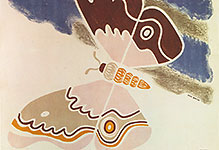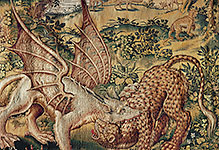
#03010266
"Principal Square in Grand Cairo, with Murad Bey's Palace",Egypt, around 1801. A...

#03010269
"First and second pyramid of Gizah, Ancient Memphis", Egypt, around 1801. A view...

#03010270
"Head of the colossal sphinx", Egypt, around 1801. From "Views in Egypt, Palest...

#030301 1
Stone vase from mesopotamia, late Uruk period, 3.400 - 3.200 BCE. This stone ve...

#030301 2
Limestone bull,possibly Larsa or Uruk, Iraq. Late Prehistoric period, 3300-3100...

#030301 3
The "ram in a thicket" from Ur,southern Iraq, is one of an almost identical pair...

#030301 4
Silver lyre, from Ur,southern Iraq, 2600-2400 BCE. This lyre was found in the "G...

#030301 5
The "Standard of Ur", southern Iraq, 2600-2400 BCE. Found in one of the largest...

#030301 7
The Uruk Trough, from Uruk (Warka,Iraq), Late Prehistoric period (3300-3000 BCE)...

#030301 9
Shell plaque from Ur, showing two rams.From the grave of Pu-Abi, see 03-03-01/8....

#03030124
Amulet with a figure of Lamashtu, designed to ward off evil, from Mesopotamia,...

#03030125
Terracotta figure of a dog, Neo-Babylonian dynasty, Mesopotamia, 700-500 BCE. Th...






